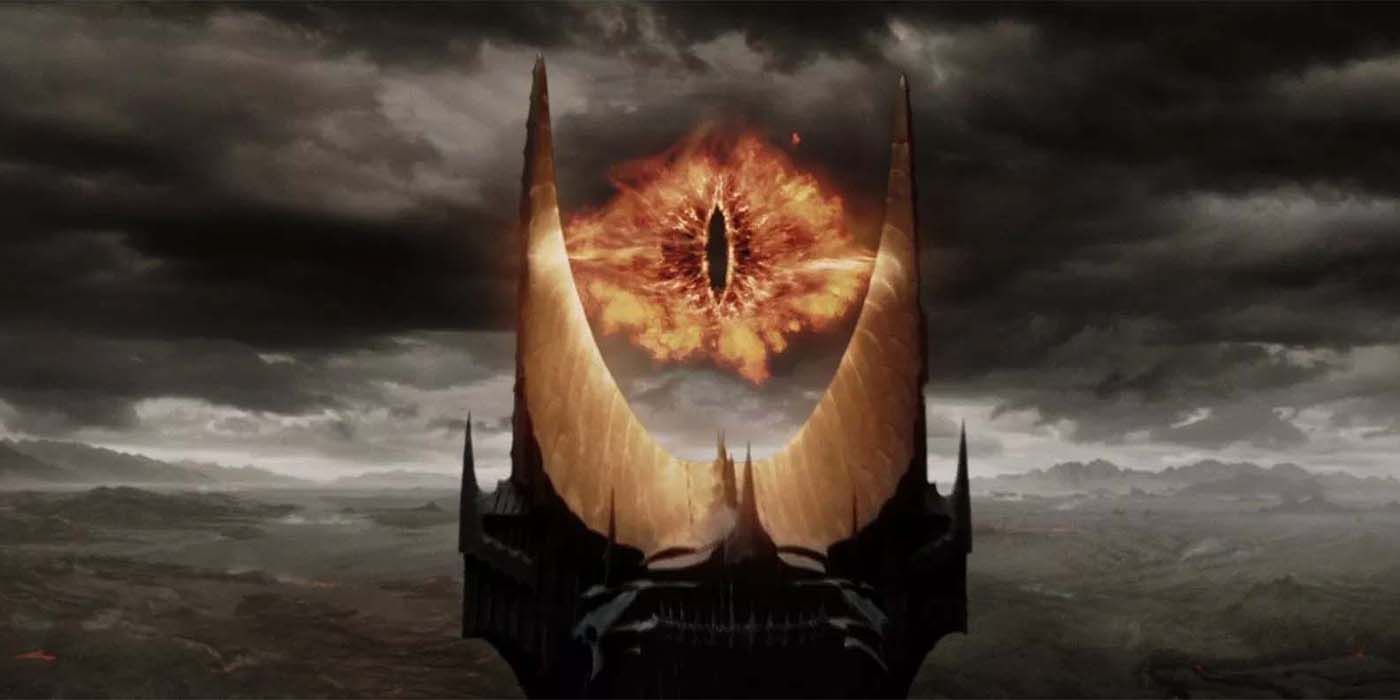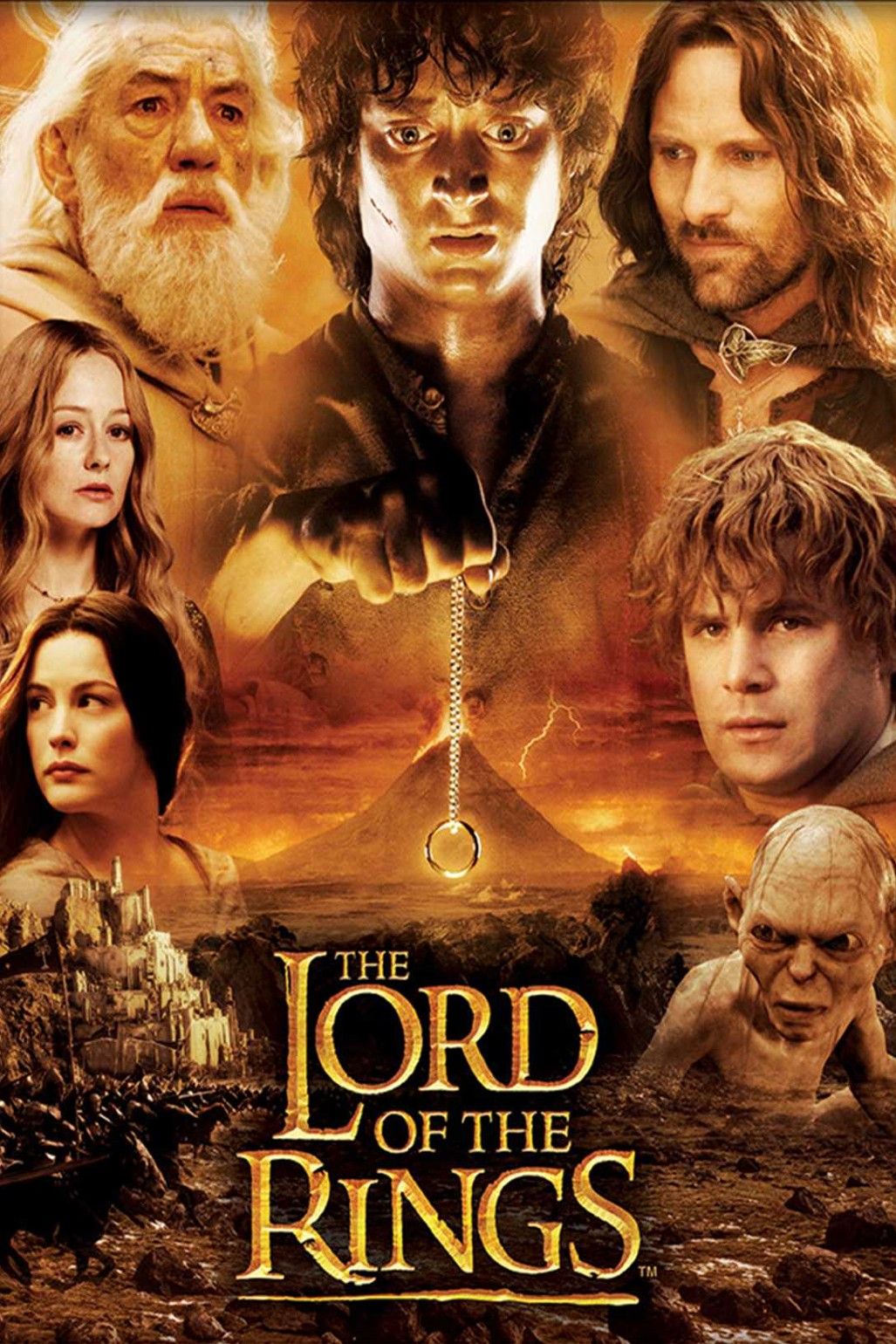
JRR Tolkien loved language and etymology, so he gave multiple names to many characters in The Lord of the Rings. Far-traveling heroes like Aragorn and Gandalf were given many nicknames during their adventures across Middle-earth, and elves were given many names as part of their cultural practices. But of all the characters in Tolkien’s legendarium, the one with the most names and titles was undoubtedly the main antagonist of The Lord of the Rings:Sauron. Sauron was a Maia, an immortal spirit older than the universe itself. Because he existed for so long, he acquired many names over time. Some were imposing titles that showed his egoism, others were insulting epithets that his enemies gave him, and still others were pseudonyms that he used as part of his schemes. Tolkien provided many of these names for Sauron in his novels, and Prime Video The Lord of the Rings: The Rings of Power the series introduced another one.
Sauron’s original name was Maironwhich means “the admirable” in Quenya, the Elvish language. Before he was evil—or at least, before he was openly evil—Mairon was a disciple of Aulë, the Vala of crafts and forging. From Aulë, Mairon learned to create objects of great beauty and even greater power. Above all, Mairon sought order. While it was a noble pursuit, he became obsessed with it; he saw the organic chaos of nature and the unpredictable free will of living things as obstacles to order, and so he wanted to destroy them. To this end, he joined forces with the fallen Vala, Melkor, better known as Morgoth. Many of the Maiar who followed Morgoth took monstrous forms, such as the Balrogs, but Mairon’s appearance remained unchanged. This allowed him to serve as a spy among the other Maiar. With the information Mairon gave him, Morgoth was able to destroy the Two Lamps that illuminated the world and brought ruin to the land. Mairon’s treachery gave rise to his most famous name.
Sauron hated his name in Lord of the Rings
Mairon became known as Sauron, meaning “the Abhorred” in Quenya.. Sauron hated this name because he wanted to be respected and worshipped as a god. It became his most famous nickname, but he refused to let any of his servants call him Sauron. In the chapter “Boromir’s Departure” of The Fellowship of the RingAragorn noticed the letter “S” on the Uruk-hai’s helmets. Gimli assumed it stood for Sauron, but Aragorn said that the Dark Lord did not “use his true name, nor allow it to be spelled or spoken.” The Mouth of Sauron was an exception to this rule, probably because he was a messenger and had to use his master’s most recognizable name. However, Sauron was not the only name the Dark Lord’s enemies gave him; the Sindar Elves, who spoke Sindarin instead of Quenya, called him Gorthaur the Cruel. Gorthaur meant “Terror Terrible.” Despite a similar negative connotation, Sauron did not seem to dislike the name; while he did not want to be abhorred, he certainly wanted to be feared, for fear was his greatest tool for keeping the people of Middle-earth under his thumb.
Sauron always preferred to be called Mairon, more precisely Tar-Mairon. The prefix tar literally meant “high” in Quenya, but it had an even greater meaning in the tradition The Lord of the RingsTraditionally, the kings and queens of Númenor wear tar before their names, so Tar-Mairon was the equivalent of “King Mairon”. This was not, however, the name that Sauron’s servants tended to use. They generally avoided naming him altogether. The Lord of the RingsThe Orcs often called him Lugbúrz, which was the black name for his tower at Barad-dûr. Sauron remained at Barad-dûr throughout the War of the Ring to avoid a repeat of what had happened at the end of the War of the Last Alliance, so most Orcs had never seen him in person and only recognized his dwelling place. At other times, they simply called him the “Boss” or the “Superior”. The History of Middle Earththe Númenóreans instead called him Zigûr, which means “Magician” in the Númenórean language of Adûnaic.
Sauron used false names to manipulate his enemies
- In Tolkien’s early drafts of the legendarium, he used the names Tevildo, Thû, Gorthû, and Sûr for the characters who would eventually evolve into Sauron.
Sauron and Gorthaur were both names that others gave the Dark Lord, but he had some that he chose for himself, usually for purposes of deception and manipulation. Among them, the most famous was undoubtedly Annatar. Meaning “Lord of Gifts” in Quenya, Sauron bore this name for much of the Second Age. Having used his shapeshifting abilities to take on a beautiful Elven form, he attempted to curry favor with the Elves. He claimed to be an emissary of the Valar, bringing divine knowledge to the people of Middle-earth. He taught the Elven smiths of Eregion, including Celebrimbor, how to create the Rings of Power. Of course, this was all part of his plot to conquer the world, for he secretly forged the One Ring, which would allow him to bend the minds of all who wore the other Rings of Power to his will. Unfinished Tales of Númenor and Middle-earthHe was also known as Artano, meaning “Great-smith”, and Aulendil, meaning “Devoted to Aulë”. However, both of these names come from a note Tolkien wrote at an unknown date, so their canonicity is open to debate.
In the first season of The Rings of PowerSauron created another alias for himself: Halbrand. This name does not come from Tolkien’s writings, so its etymology is unclear, although fans have proposed a few possibilities. It could come from the Old English words Halwhich means “healthy”, and brandmeaning “torch” or “sword”. Alternatively, it may be a variant of Halbarad, which was the name of a Ranger of the North The Lord of the Rings Like Annatar, Sauron used Halbrand’s appearance to disguise his identity, but instead of being an elf, he appeared as a man. He claimed to be the long-lost King of the Southlands. He met Galadriel at sea after she abandoned the ship that was sailing to the Undying Lands, and the two had adventures in both Númenor and Middle-earth. Halbrand helped Celebrimbor forge the first three Rings of Power, but Galadriel then learned that there was no King of the Southlands and that Halbrand was Sauron.
The names of Sauron have struck terror into the people of Middle-earth.
- In Peter Jackson’s extended edition The Lord of the Rings: The Return of the King movieThe Mouth of Sauron helmet featured runes forming the name Gorthaur.
In addition to the names, Tolkien gave Sauron a long list of titles, including Lord of the Rings and The Dark Lord. The latter originally belonged to Morgoth, so by using it, Sauron inherited his master’s position as the greatest evil power in Middle-earth. The HobbitSauron was better known as the Necromancer, a term for one who could commune with the spirits of the dead. It was a name that the members of the White Council—Saruman, Gandalf, Galadriel, Elrond, and Círdan—gave to the mysterious wizard of Dol Guldur, unaware that it was Sauron. The Dark Lord’s many titles were a display of his pride and arrogance, and this was never clearer than during the Second Age: after abandoning the guise of Annatar, Sauron declared himself King of Kings and Lord of the World.
These prestigious titles prompted Ar-Pharazôn, the last king of Númenor, to send an army to Middle-earth and attack Mordor, as he was furious that anyone would claim power over him. Some of Sauron’s other titles The Lord of the Rings Others included the Black Hand, the Dark Power, and, ironically, the Nameless One. He was a well-known figure in almost every corner of Middle-earth, although not everyone who referred to him used the same name. This was part of what made Sauron such an intimidating threat in The Lord of the Rings Although he never made an appearance in person during the War of the Ring, the way his allies and enemies spoke of him, including their fear at times of speaking his name, made it clear that he posed a terrifying threat.

